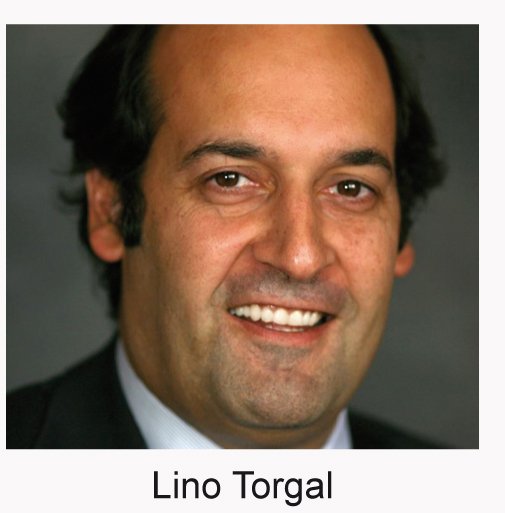Putting energy back into Spain’s renewables sector – Watson Farley Williams
A significant reduction in large public and infrastructure projects has helped reignite investor interest in Spain’s renewable energy sector
Recent legislative amendments may have led some investors to question their commitment to the renewables sector in Spain but significant interest remains in the right types of opportunities, say María Pilar García Guijarro and Ignacio Borrego, Partners at Watson Farley & Williams in Madrid.
“There is no doubt that the changes introduced last year to the tariff regime dictating the rates paid to energy producers, notably as they apply to the solar photovoltaic (PV) sector, have brought certain serious financial challenges to many projects. However we continue to see interesting investment opportunities in the primary and secondary market and operators continue to see growth potential in this and other areas of renewable energy production,” says García.
Spain is among the largest producers of solar power in Europe and its leading energy companies are now expanding and developing projects around the world. But the legislative changes introduced in December have raised questions about the commitment of the Government to the sector. The tariffs payable to new PV producers have been reduced by up to 45 percent, while further legislation at the end of 2010 retroactively limited the number of production hour subsidies for even existing PV plants.
The reduction in production hours equates to a revenue reduction of up to 30 percent of the sector trade body, Asociacion Empresarial Fotovoltaica (AEF) has stated.
“The tariff change has proved to be very contentious, several appeals are already filed before the Courts and others are pending. It seems that this change progressed through Parliament in part because of the persistent perception among many in the legislature that PV production has an impact on the tariff deficit. However, there are legal arguments against such retroactive changes,” says Borrego.
A further factor behind the legislative turnaround was the vast over supply of PV projects, he says. When the previous tariff change was introduced in 2007 the Government predicted the development of 350MW of PV production. By 2008 around 3,000MW was already under development.

“There proved to be a significant lack of co-ordination between the central Government that set the tariffs and the regional Governments that encouraged the development of new production plants. At a national level no thorough tracking existed and there were also some uncertainties about the permitting process. The existence of robust permit due diligence has become of great importance, due to the inspections carried out by the Spanish central regulator.”
One further outcome of the changes has however been a greater diversification focus towards new and traditional areas of renewable production investment, says García. “We have seen an upturn in M&A activity among more sophisticated investors who are still looking at the PV sector – the most efficient PV plants remain attractive even with the tariff reductions – as well as at other renewables technologies, such as wind, biomass, and mini-hydro. Several wind tender processes are being carried out by Spanish regional authorities, simultaneously with significant sales of large renewables portfolios.”
Also, many thermal-solar projects may be testing grounds for new technologies. The reliability and consistency of solar thermal energy output means that major energy investors are placing importance on developing new projects.
“Thermal-solar plants may currently be more costly than PV, around €300m for a 50MW plant, but they are more efficient and have the ability to store energy which means they can feed excess production into the grid. This is a significant difference in efficiency relative to both PV and wind production,” she adds.
Protermosolar, the industry trade body, predicts that by 2013 Spain may have 60 operational thermal-solar plants producing a combined output of 2,500MW. Nonetheless there is pressure on the sector, cautions Borrego. Once registered, projects must begin operating within 36 months.
“Concerns remain over the potential for future tariff changes but there is now greater co-ordination between the regional and central authorities, while the size, scale and complexity of thermo-solar projects also act as brakes on over-production. It remains the domain of sophisticated operators and investors.”












